Your cart is currently empty!
Optimal Irrigation Practices for Calla Lilies and Arum Lilies: Ensuring Healthy Growth
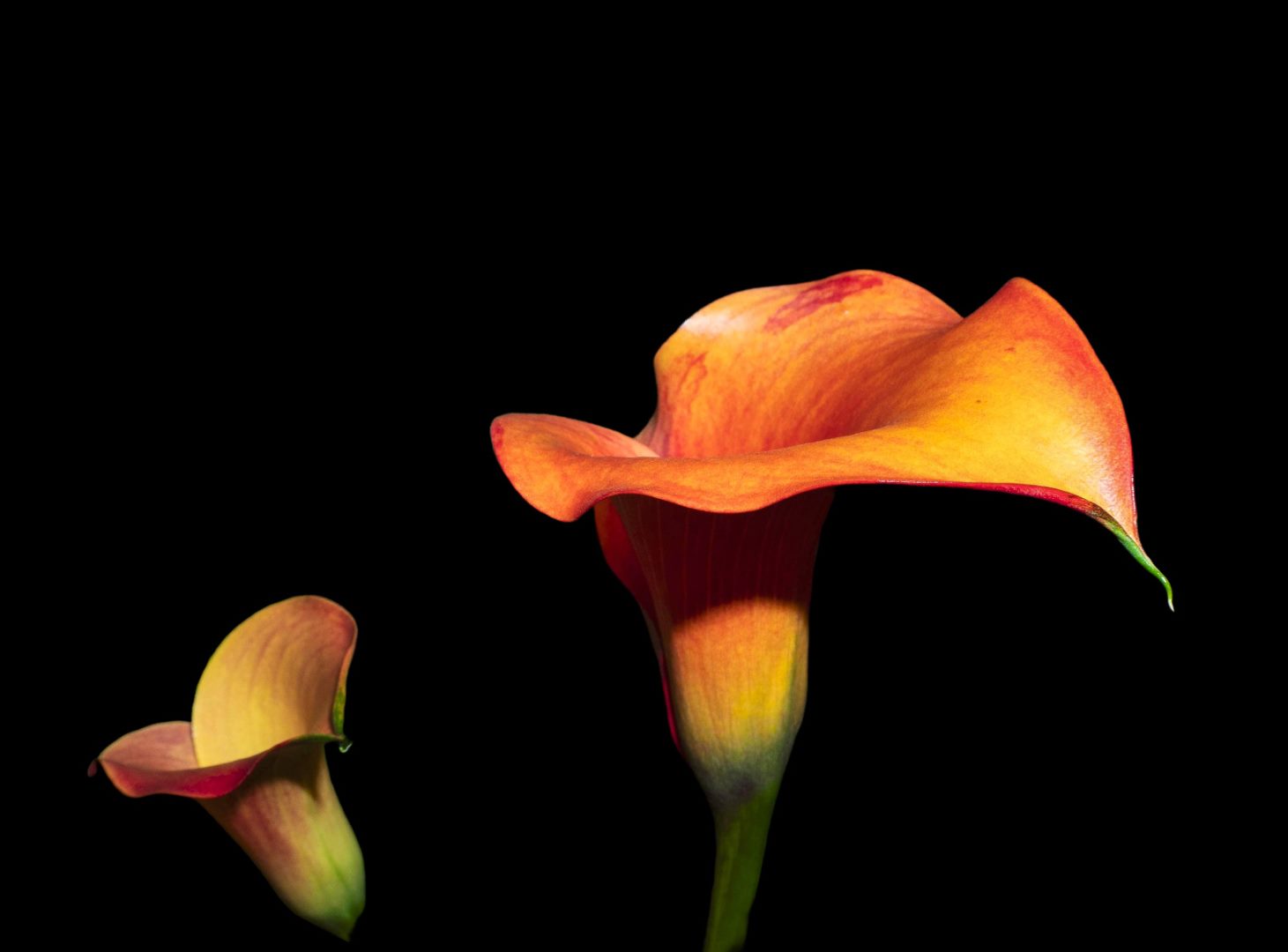
Introduction
Calla lilies (Zantedeschia spp.) and Arum lilies are renowned for their striking beauty and elegance. However, their cultivation requires careful attention to irrigation practices. This blog provides a comprehensive guide on the optimal irrigation techniques for these plants, ensuring their robust growth and development, especially under varying conditions such as saline irrigation.
Importance of Proper Irrigation
Proper irrigation is crucial for the healthy growth of Calla and Arum lilies. These plants are particularly sensitive to water availability, requiring consistent moisture during their vegetative growth phase. Overwatering or underwatering can stress the plants, leading to poor growth and development.
Irrigation Techniques
Drip Irrigation
Drip irrigation is a highly efficient method for watering Calla and Arum lilies. It delivers water directly to the plant’s root zone, minimizing water loss due to evaporation and runoff. This method ensures that the soil remains consistently moist, which is essential during the rapid vegetative growth phase.
- Benefits: Drip irrigation provides precise water delivery, reduces water wastage, and helps maintain optimal soil moisture levels.
- Implementation: Install a drip irrigation system with emitters placed around the base of each plant. Adjust the water flow according to the plant’s growth stage and environmental conditions.
Overhead Irrigation
Overhead irrigation involves the use of sprinklers to water the plants from above. While this method can effectively cover large areas, it may not be as efficient as drip irrigation due to higher evaporation rates and potential water wastage.
- Benefits: Overhead irrigation can provide uniform coverage, which is beneficial in large-scale plantings.
- Implementation: Use sprinklers that deliver a fine mist to avoid waterlogging and minimize the risk of foliar diseases. Schedule watering during early morning or late afternoon to reduce evaporation.
Growth Phases and Irrigation Needs
Vegetative Leaf Growth Phase
During the vegetative leaf growth phase, Calla and Arum lilies grow rapidly, and their water uptake increases significantly. Consistent watering is vital to support this growth and prevent stress.
- Watering Frequency: Ensure the soil remains consistently moist but not waterlogged. Depending on weather conditions, this may require watering every 2-3 days.
- Techniques: Both drip and overhead irrigation can be effective during this phase. Monitor soil moisture levels regularly to adjust watering schedules as needed.
Senescence Phase
As the growing cycle comes to an end and the plants enter the senescence phase, their water needs decrease. At this stage, water should be gradually withheld to allow the plants to prepare for dormancy.
- Watering Frequency: Reduce watering gradually over a few weeks until it is completely withheld.
- Techniques: Use soil moisture sensors to ensure that the soil does not become excessively dry during this transition period.
Saline Irrigation and Its Effects
Arum lilies and Calla lilies can be affected by saline irrigation, which refers to the use of water with high salt content. High salinity can inhibit plant growth, affect nutrient uptake, and lead to physiological stress.
Impact on Growth and Development
- Growth Inhibition: High salinity can cause stunted growth and reduced leaf expansion.
- Nutrient Imbalance: Excess salts in the soil can interfere with the uptake of essential nutrients, leading to deficiencies.
- Physiological Stress: Salinity can cause osmotic stress, making it difficult for plants to absorb water, leading to wilting and leaf burn.
Mitigation Strategies
- Leaching: Periodically apply excess water to leach out salts from the root zone. This helps in maintaining a lower salt concentration in the soil.
- Salt-Tolerant Varieties: Consider planting salt-tolerant varieties of Calla and Arum lilies if saline irrigation is unavoidable.
- Soil Amendments: Incorporate organic matter such as compost to improve soil structure and enhance its ability to retain and filter water.
Conclusion
Effective irrigation practices are essential for the healthy growth and development of Calla and Arum lilies. By understanding the specific water needs during different growth phases and the impact of saline irrigation, gardeners can implement strategies that ensure these beautiful plants thrive. Consistent monitoring and adjusting irrigation schedules based on plant needs and environmental conditions will help maintain optimal soil moisture levels, leading to vibrant and robust lilies.
By following these guidelines, you can ensure that your Calla and Arum lilies flourish, adding beauty and elegance to your garden or landscape.
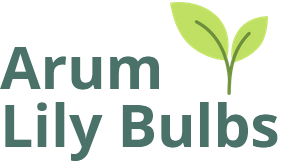



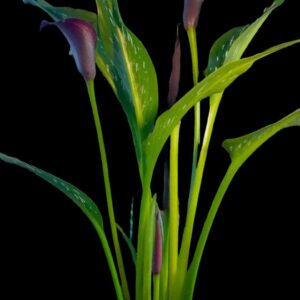

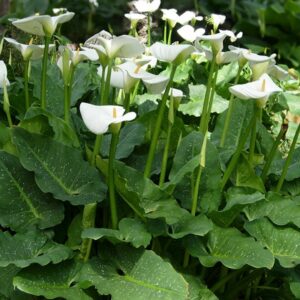
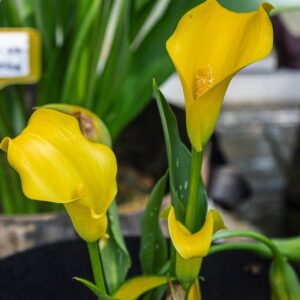
Leave a Reply